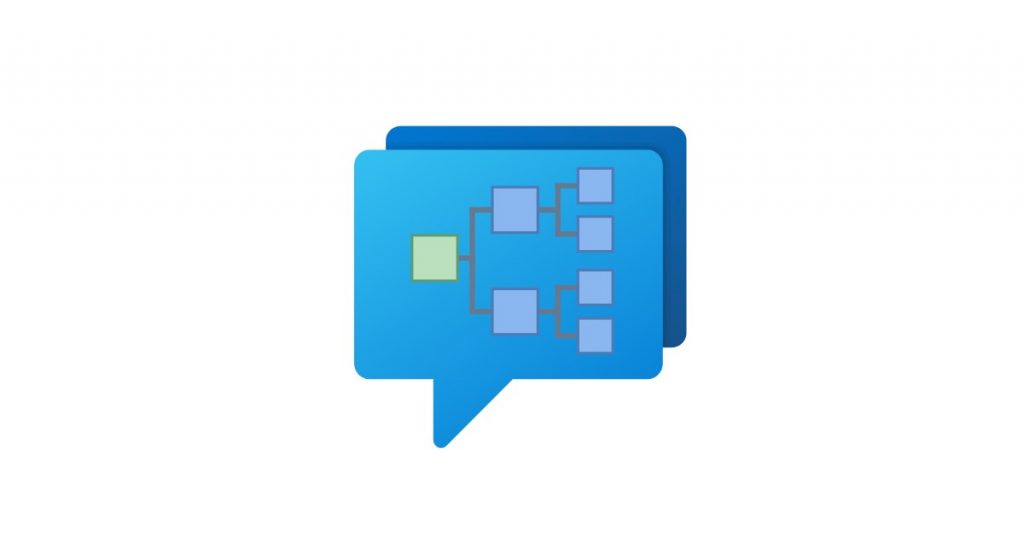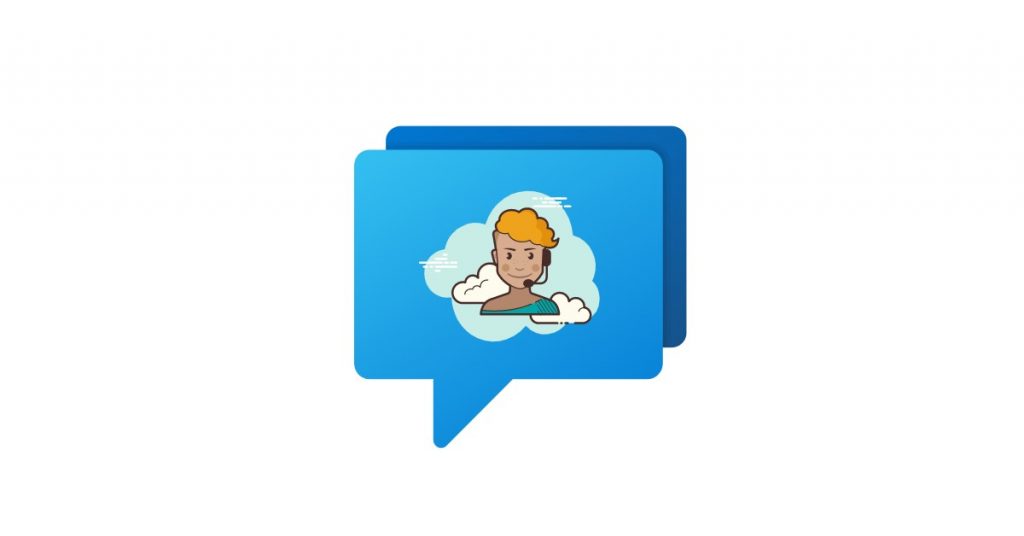You’ve likely noticed that an increasing number of businesses are adopting live chat software to assist their customers. But why is this trend gaining momentum?
Live chat facilitates real-time communication and instant feedback, making it an ideal solution in today’s fast-paced world where customer expectations are at an all-time high.
This tool not only meets these expectations but often exceeds them, significantly improving the overall customer support experience.
Let’s delve into the 12 key benefits of live chat for customer service.
What Are the Benefits of Live Chat for Customer Service?
Customer service is the cornerstone of a business’s communication with its customers.
In fact, 83% of consumers cite good customer service as the most important factor when deciding whether to make a purchase from a brand.
Yet, not many customers seem to find companies that actually go above and beyond to meet their needs – with only 19% saying that customer service is exceeding expectations.
Live chat customer service involves real-time interactions with consumers via a chat feature on your website. This method provides immediate, direct support and has become the preferred communication channel for many customers.
Numerous studies and customer feedback highlight the growing preference for live chat. So, let’s explore the benefits of live chat support:
1. Live chat is the fastest way to support customers
With live chat, customers receive immediate assistance. This means that they no longer have to face long wait times on the phone or the uncertainty of submitting a support ticket. Instead, they can connect with a live chat agent directly through a chat window on your website, getting the support they need right when they need it.
Customers demand such instant service, and for good reason. In fact, 1 in 5 customers will stop using a product if a company responds slowly in an online chat.
Live chat not only meets customers where they are — online — but also uses the communication method they prefer. This tool dramatically improves your response rate and lets you provide a much better customer experience.
2. Live chat is conversational
Unlike email, live chat mimics a real-time conversation, enabling agents to build rapport with customers while assisting them.
This personal touch makes it easier for customers to share detailed information about their issues, helping agents provide more effective support. Instead of exchanging multiple emails or struggling to resolve an issue over the phone, live chat agents can ask follow-up questions, share screenshots, and troubleshoot in a seamless chat conversation.
This conversational nature not only improves the support experience but also builds a stronger connection between the customer and the brand.
3. Live chat reduces service costs
While many live chat benefits focus on increasing positive outcomes such as customer experience, leads, and sales, it’s equally important to highlight its cost-saving potential.
Without a live chat option, customers seeking immediate answers will likely turn to phone support. This requires a dedicated agent for each customer and can quickly become resource-intensive.
In contrast, live chat support allows agents to handle multiple customer inquiries simultaneously. They can efficiently use canned responses, review previous chats, and send documents and links to resolve issues more quickly.
This multitasking capability significantly reduces the need for additional support staff and improves cost efficiency.
4. Live chat improves website experience
Having the option to chat with a professional in just one click significantly enhances a visitor’s experience on your website.
The data backs this up: 44% of online buyers state that having their questions answered by a live person during a purchase is an essential feature.
Ultimately, live chat eliminates factors that cause poor website experiences. For instance, customers no longer need to send an email and wait hours for a reply, then respond and wait again. Instead, live chat software provides immediate assistance, streamlining the support process and ensuring a smooth, satisfying experience for your visitors.
5. Live chat keeps working even when agents are offline
You don’t need to be online 24/7, especially if your business lacks the resources to support round-the-clock service.
However, it is crucial to communicate your business hours so website visitors know when to expect a response from your customer service team.
Offline functionality lets customers leave messages, which can be addressed during the next available chat session. This way you can collect useful customer data, such as the details of their query and address the query promptly when support agents are back online.
Even when offline, live chat maintains its reputation as one of the fastest methods for customers to seek answers, so it’s important not to leave them waiting for too long.
TIP: Avoid off-hour waiting times by integrating a chatbot into your live chat tool. Chatbots excel at retaining customers by delivering instant responses as soon as they visit your website. This keeps customers engaged and prevents frustration from waiting for support during off-hours.
6. Live chat boosts customer engagement
To achieve customer support success, it’s essential to listen to your customers’s needs and respond promptly through their preferred communication channels.
Live chat lets you engage customers by utilizing a channel that most of them prefer. It allows you to answer numerous questions efficiently without the intrusiveness of a phone call or the impersonality of email support.
Ultimately, many will appreciate the convenience of immediate assistance that they might not have sought otherwise.
7. Live chat gives you a competitive advantage
Not all brands offer live chat support, and many of those that do are still learning to use it effectively.
This presents a significant opportunity for your business to stand out by incorporating live chat into your customer service business strategy.
TIP: To maximize its impact, follow a set live chat etiquette to deliver exceptional customer service. Common guidelines to consider include maintaining a positive tone, watching out for grammatical errors, and actively listening to customer concerns. These tactics will ensure that you are making the most of your live chat software and providing a superior customer experience.
8. Live chat can automate routine tasks
Live chat improves your customer experience by adding a personal touch. But that doesn’t mean you can’t automate certain tasks to improve efficiency further.
Start by creating canned messages to handle common customer inquiries quickly. Gather your team to identify the most frequently asked questions (FAQs) and draft comprehensive answers that can save time during live chat interactions.
These automated responses can also guide potential customers to self-service support options, such as the FAQs section, specific pages on your website, or a knowledge base.
By combining personalized interactions with automated efficiency, you ensure that you can address immediate needs promptly while offering in-depth help when necessary.
9. Live chat increases conversions
Adding a live chat feature to your website can lead to a 20% increase in conversion rates.
As it turns out, providing immediate answers to sales queries significantly boosts sales and accelerates customer conversions.
Plus, well-trained customer service teams can better gauge customer needs in real-time, offering tailored deals and discounts to facilitate conversions. They can also effectively upsell by recommending solutions that best suit specific customer preferences.
This customized support improves customer satisfaction, driving higher conversion rates and ultimately increasing sales.
10. Live chat helps you qualify leads
Live chat is a powerful tool for collecting valuable data that can be used for lead generation:
- Request contact information: Encourage anonymous visitors to fill out a form via live chat. This approach is highly effective, with 42% of people preferring to give their contact information through live chat.
- Capture information when offline: Even if your agents are unavailable, visitors can leave their name and email along with their message in the live chat widget. This ensures you don’t miss out on potential leads outside business hours.
- Engage repeat visitors and cart abandoners: Offer special deals and incentives to repeat visitors and those who abandon their carts. This can entice them to provide their contact information and convert them into leads.
11. Live chat reduces cart abandonment
Forrester data shows that 45% of US adults will abandon an online purchase if they can’t find a quick answer to their question. So, what can prevent these potential customers from leaving their carts behind?
Implementing live chat.
Live chat is the quickest and most convenient way for visitors to get real-time answers, and customers who receive immediate assistance are more likely to complete their purchases rather than abandon their carts in frustration.
Moreover, live chat helps keep visitors engaged on your site for longer periods. Agents can interact with these potential customers, guide them through the purchasing process, and even promote other pages or products.
This not only increases average session duration and reduces bounce rates, but also contributes to higher search engine rankings.
12. Live chat lets you offer proactive support
Did you know that 48% of consumers favor companies that offer proactive live chat support?
Often, people are hesitant to start a conversation, especially with technical products, as they don’t want to appear ignorant.
By greeting visitors with a message and showing eagerness to help, you can ease their hesitation. This proactive approach can turn potential abandonments into customer conversions. Proactive live chat nudges customers to buy by providing instant comparisons between products, even before they ask.
Here are some benefits of proactive customer service:
- Increased customer satisfaction: Proactive messages demonstrate that you care.
- Reduced cart abandonment: Immediate support reduces the likelihood of customers leaving their carts.
- Enhanced customer loyalty: Regular engagement fosters trust and loyalty.
- Reduced bounce rates: Keeping visitors engaged reduces the likelihood of them leaving your site.
To use proactive live chat effectively, deploy triggers for the chat to appear:
- At the right time: For example, after a visitor scrolls a certain percentage of the page or after a set amount of time.
- Non-intrusively: Avoid covering too much screen space.
- Without repetition: Ensure the chat doesn’t keep reappearing if closed once or twice.
Proactive live chat is especially beneficial for onboarding new customers, particularly for technical products like SaaS. Even after purchasing such a service, customers often need guidance to:
- Become comfortable using the software: Initial handholding helps build confidence.
- Start using it regularly: Continuous support encourages regular use.
- Learn to use all features: Including advanced functionalities.
Proactive live chat support ensures a fast and seamless onboarding process.
Enjoy The Benefits of Live Chat Today
Incorporating live chat into your customer service strategy offers numerous benefits that can significantly boost customer satisfaction and streamline support operations.
From providing immediate assistance and reducing response times to boosting engagement and improving conversion rates, the benefits of live chat for customer service are clear.
Ready to experience these benefits firsthand?
Social Intents offers live chat solutions with seamless integration with existing tools, proactive chat capabilities, and AI-powered automation, ensuring your customers receive top-notch support.
Get started with our 14-day trial now.


